In the world of heat transfer and thermal management, finned tubes stand as a testament to human ingenuity in optimizing cooling processes.
These seemingly simple yet ingeniously designed structures have transformed various industries, from power generation to electronics, by significantly enhancing cooling efficiency.
In this article, we delve into the science behind finned tubes and how they contribute to efficient cooling.
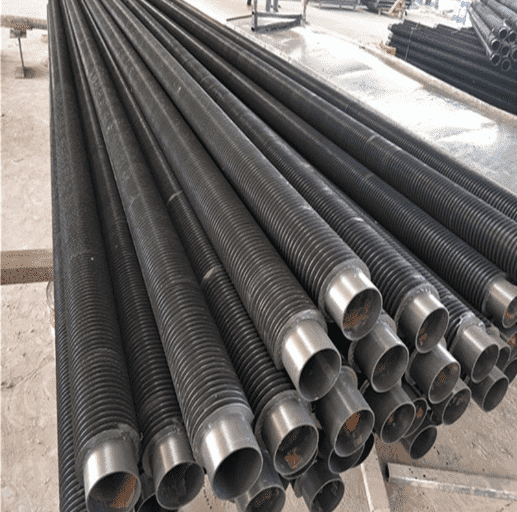
The Basics of Finned Tubes
At first glance, finned tubes might appear as straightforward cylindrical pipes with extended surfaces.
However, their efficiency lies in the intricate details of their design.
The science begins with the fundamental principle that the rate of heat transfer is directly proportional to the surface area available for heat exchange.
Finned tubes capitalize on this principle by introducing additional surface area through the use of fins.
Lamella Effect and Increased Surface Area
The magic of finned tubes lies in their ability to amplify the available surface area without significantly increasing the volume of the heat exchanger.
The fins, often resembling extended plates, disrupt the smooth airflow or fluid flow around the tube.
This disruption creates a phenomenon known as the lamella effect, where the boundary layer of air or fluid near the tube surface is constantly broken and reformed.
As a result, the transfer of heat between the tube and the surrounding medium becomes significantly more efficient.
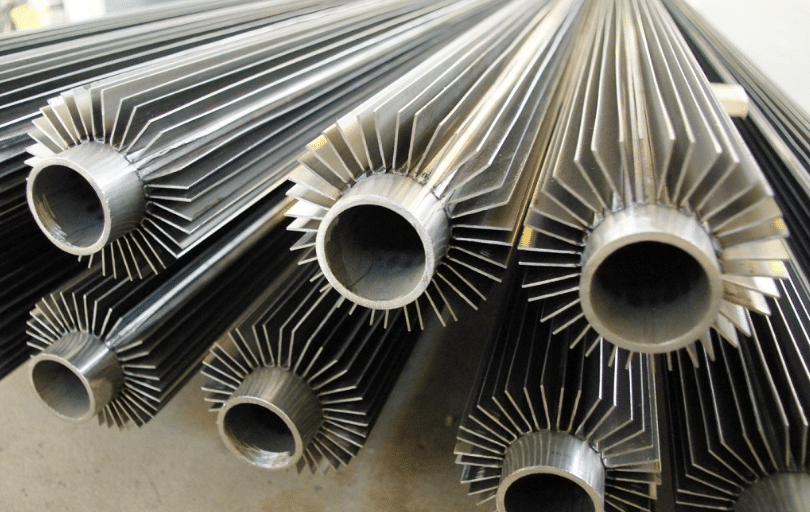
Thermal Boundary Layer Reduction
In conventional heat exchangers, a thermal boundary layer forms around the tube’s surface, reducing the rate of heat transfer.
Finned tubes disrupt this boundary layer by promoting turbulence in the airflow or fluid flow.
The fins act as obstacles, causing the boundary layer to break and reform more frequently.
This dynamic flow encourages a more efficient exchange of heat, ensuring that the temperature gradient between the tube surface and the surrounding medium remains high.
Optimized Fin Geometry
The science behind finned tubes delves into the intricate details of fin geometry.
The spacing, height, and shape of the fins are all meticulously designed to maximize heat transfer.
Thinner fins, for instance, create more surface area but can also increase resistance to airflow or fluid flow.
Thicker fins, on the other hand, provide better structural integrity but might hinder heat exchange.
Engineers work to strike the perfect balance, optimizing the fin geometry to suit the specific cooling requirements of each application.
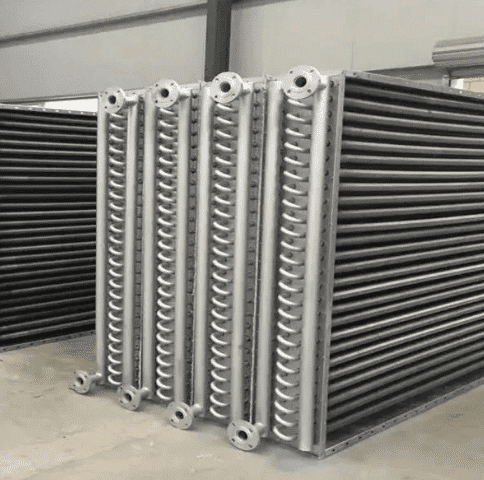
Applications and Benefits
The science of finned tubes finds applications in a multitude of industries.
In power generation, finned tubes enhance the efficiency of heat exchangers, allowing for better energy utilization.
In electronics, they aid in dissipating excess heat generated by components, ensuring reliable operation and prolonged lifespan.
The aerospace industry employs finned tubes in aircraft engines to maintain optimal temperatures even under extreme conditions.
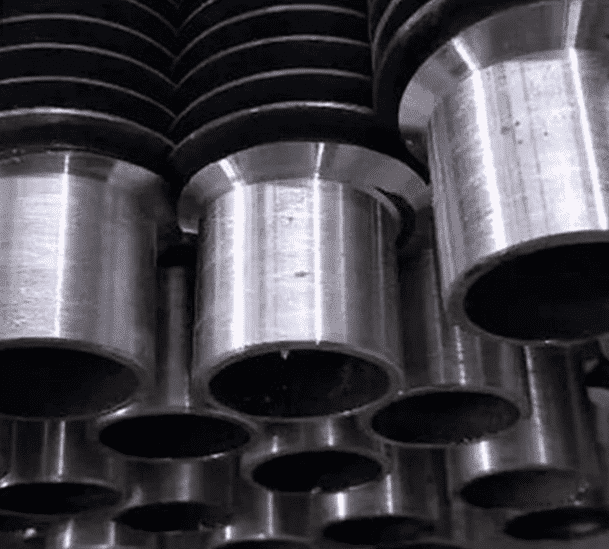
Challenges and Future Innovations
While finned tubes have undoubtedly revolutionized cooling processes, challenges remain.
Fouling, corrosion, and material limitations can impact their performance over time.
Researchers are continually exploring innovative coatings, materials, and manufacturing techniques to address these challenges.
Additionally, advancements in computational fluid dynamics and simulation tools enable engineers to fine-tune finned tube designs for maximum efficiency.
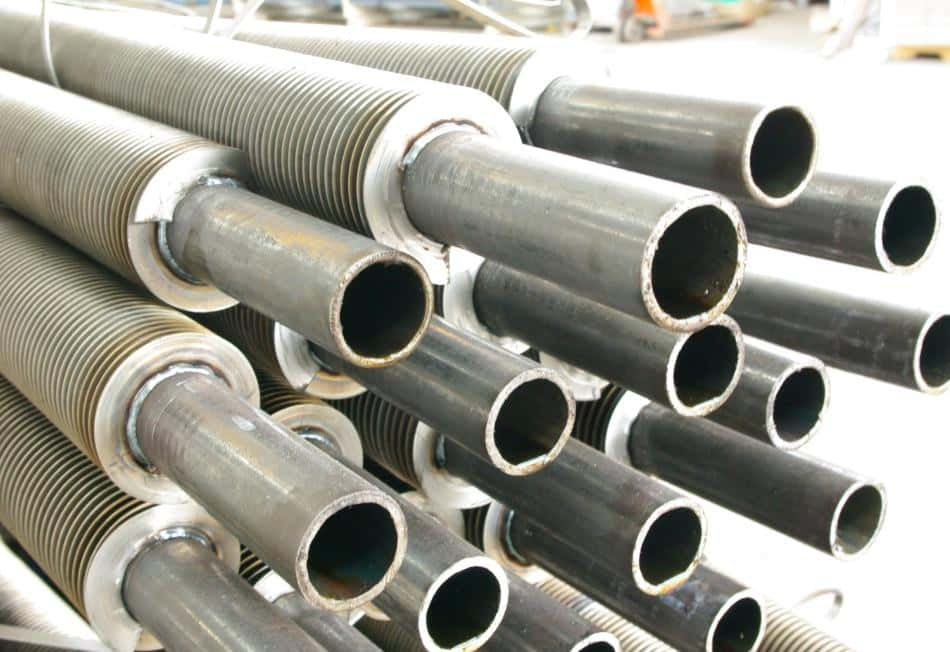
Conclusion
Finned tubes represent a marriage of science and engineering, where the manipulation of fluid dynamics and heat transfer principles leads to remarkable cooling efficiency.
As industries continue to demand enhanced performance, reduced energy consumption, and sustainable practices, the science behind finned tubes will remain a driving force in shaping the future of thermal management.
Whether it’s a power plant, a data center, or an advanced cooling system, these unassuming structures stand as a testament to human innovation and the power of scientific understanding in optimizing our world’s cooling needs.
